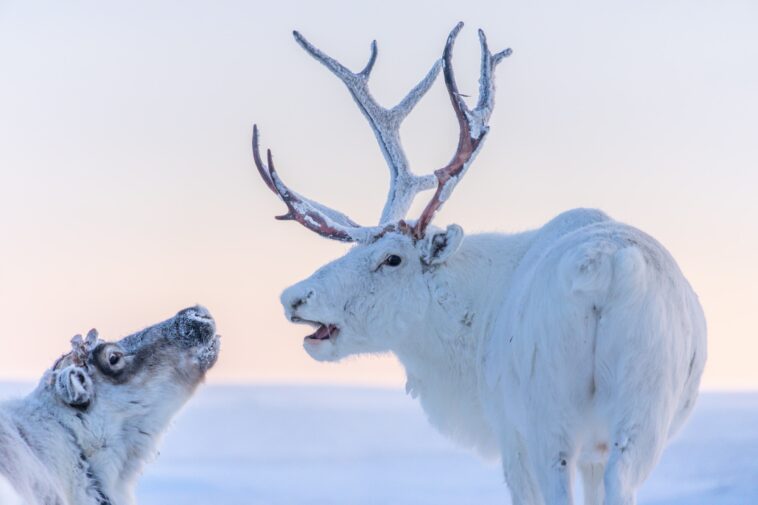Siberia: A Vast and Enigmatic Land
Siberia, a colossal landmass, spans much of Northern Asia. It forms a significant part of Russia’s territory, stretching across its central and eastern regions. Historically, this vast area has been a key part of Russia’s domain, dating back to the days of the Tsardom of Russia and the Russian Empire in the 16th century. Later, it became an integral region of the Soviet Union (USSR) from its inception.
Geography and Climate
The Extent of Siberia
Siberia is immense in size, covering an area of approximately 13.1 million square kilometers. This makes it one of the largest regions on Earth, occupying nearly 77% of Russia’s land area. Its geographical boundaries are extensive: To the west, it borders the Ural Mountains; to the east, the Pacific Ocean; to the north, the Arctic Ocean; and to the south, the borders of Kazakhstan, Mongolia, and China.
The Siberian Climate
The climate in Siberia is predominantly continental, characterized by long, harsh winters and short, warm summers. The region is renowned for its extreme temperatures, with winter temperatures in some areas plunging as low as -50°C (-58°F). Conversely, summer can bring much warmer weather, sometimes exceeding 30°C (86°F). This dramatic range in temperature is a defining feature of Siberia’s climate.
Population and Culture
Settlements in Siberia
Despite its vastness, Siberia is sparsely populated. Its population is around 36 million, with most residents living in the southern part of the region, where the climate is more temperate. Major cities include Novosibirsk, Omsk, and Krasnoyarsk, each offering a glimpse into the unique blend of cultures in Siberia.
Cultural Diversity
Siberia is home to a rich tapestry of cultures and ethnic groups, including Russians, Ukrainians, Tatars, and indigenous peoples like the Buryats and Yakuts. Each group brings its unique customs, traditions, and languages, contributing to Siberia’s diverse cultural landscape.
Economy and Resources
Natural Resources
Siberia is a treasure trove of natural resources. It is rich in minerals and has some of the largest deposits of oil, gas, coal, and precious metals in the world. These resources form the backbone of the Siberian economy, attracting significant investment and development in the region.
Industrial Development
The extraction and processing of natural resources have led to the development of various industries in Siberia. These include mining, oil and gas production, and forestry. The Trans-Siberian Railway, a marvel of engineering, plays a critical role in transporting these resources to other parts of Russia and beyond.
Environmental Concerns
The Impact of Climate Change
Siberia is experiencing significant environmental changes due to global warming. Rising temperatures are leading to the thawing of permafrost, which has profound implications for the environment and human settlements. These changes pose challenges to the traditional ways of life of indigenous communities and raise concerns about the future of Siberia’s unique ecosystem.
Preservation Efforts
Efforts are underway to address environmental issues and preserve Siberia’s unique landscapes and wildlife. National parks and reserves, such as Lake Baikal and the Siberian Tiger Reserve, play a crucial role in protecting the region’s biodiversity.
Conclusion
Siberia is a land of contrasts and extremes, from its vast, unspoiled landscapes to its rich cultural heritage and significant economic potential. It remains a region of great intrigue and importance, both within Russia and on the global stage. As Siberia continues to evolve and adapt, it will undoubtedly play a key role in shaping the future of our planet.
This exploration of Siberia encapsulates its vastness, cultural diversity, economic significance, and environmental challenges, offering a comprehensive overview of this unique and important region.





